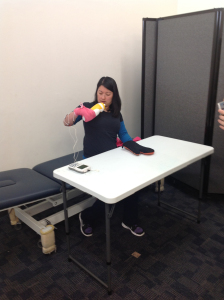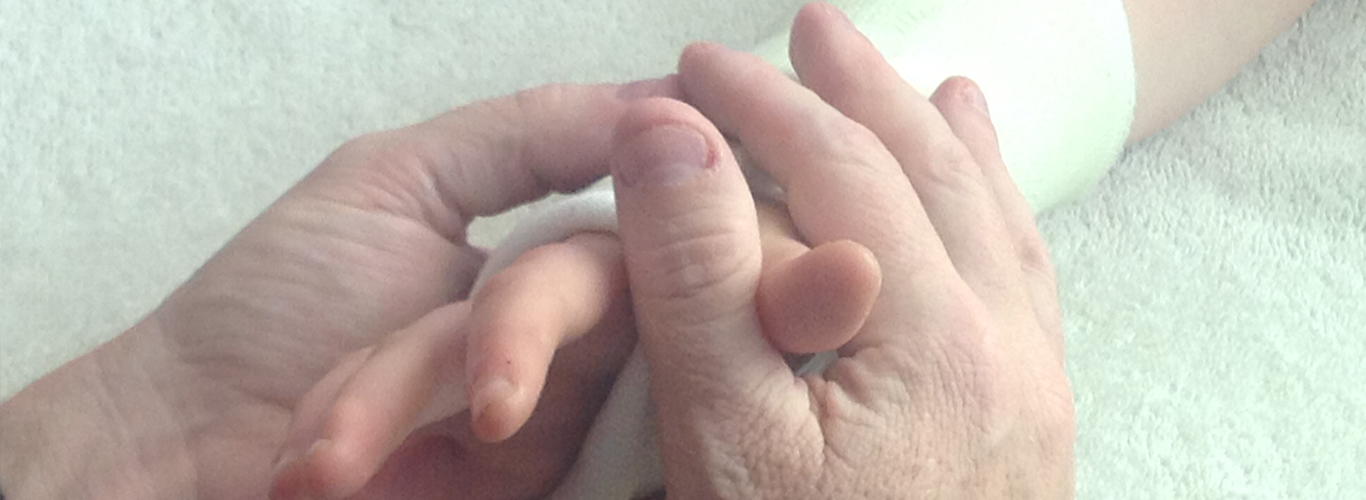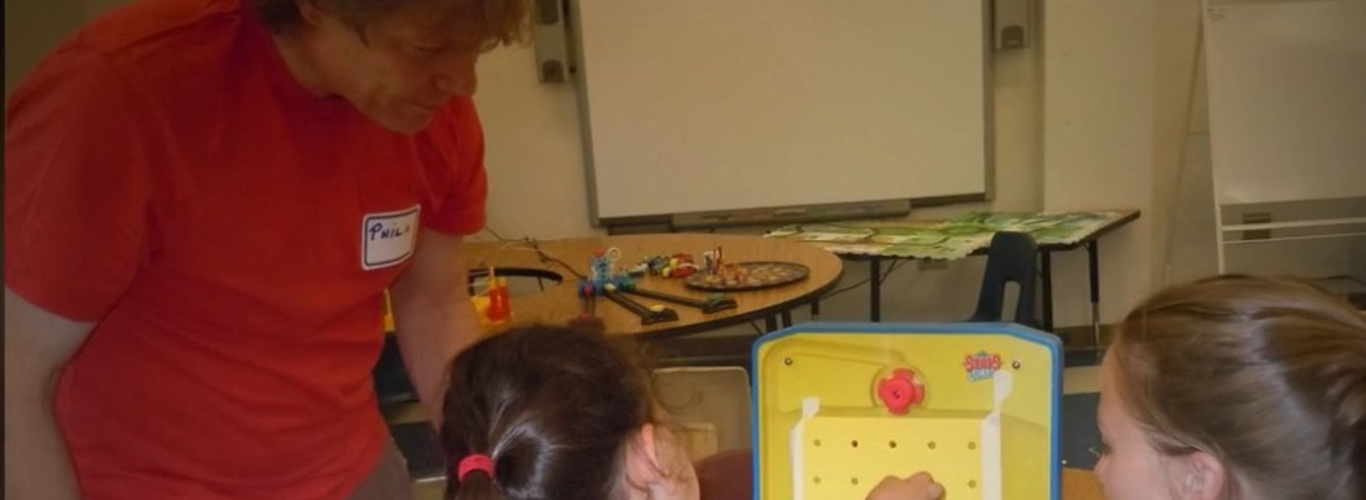Scientifically proven Therapy for Stroke and other injuries to the Brain
We cannot cure stroke or brain injury.We can use well researched techniques to improve and regain significant function for our clients.
AT CI Therapy we understand and employ new techniques to help patients recover function.Constraint Induced Movement Therapy is one such technique which enables people to improve the use of their limbs and speech. It is can be effective even if the injury occurred years ago.
Constraint Induced Movement Therapy (CI Therapy) is one of the most effective stroke rehabilitation methods available,for those patients who are good candidates for it, but Few practitioners have a lot of experience delivering this Therapy.

Our clinic and founder Phillip Fay is mentioned in research done by the University of AlabamaUSA. Click to see this research.
http://www.rehab.research.va.gov/jour/2014/512/pdf/jrrd-2014-01-0008.pdf
Few therapists in Australia have done formal training in CI Therapy so if you think this may be appropriate treatment for you,be sure to check the training and experience of therapists offering CI Therapy to ensure you havetrained and experienced therapists.
Constraint Induced Movement Therapy has been scientifically proven. More than 400 articles have been published proving it to be successful in helping patients regain significant function and movement. Through intensive practice,restraint, and the one-on-one assistance of your therapist, patients can re-learn to use their affected limb.
Constraint Induced Movement Therapy changes the brain so it works better, despite the previous brain damage. This is called neuroplasticity.
Constraint Induced Therapy is mentioned in the book The Brain That Changes Itself by Norman Doidge. Click to see information about how this works.
You tube link https://www.youtube.com/watch?v=LwwzOQ9FqC0
Will I benefit from Constraint Induced Movement Therapy Treatment?
Candidates include children, adolescents and adults who have functional impairments as a result of stroke, cerebral palsy, brain injury, or brain injury as a result of tumour resection and/or radiation therapy.
Constraint Induced Movement Therapy is effective when provided to suitable candidates. No other therapy has as much published research to support it.We feel all patients should receive CI Therapy if they are a good candidate.
You can contact us to start the process of evaluation at any time; however we do recommend that you get as much therapy from your acute hospitaland/or rehab centre straight after the time of your injury.
You will need to be motivated to improve and willing to work hard as the clinics last approximately 4 hours per day and are attended 5 days per week for 2 or 3 weeks depending on the severity of the condition treated. We are able to modify this sometimes depending on the clients physical condition and circumstances.
We ask patients and carers to complete some home practice after leaving the programme each day.We provide a home programme once you have completed the training to help you continue the programme at home.
In addition, we follow up after a month with a phone call or Skype call for support and problem solving to help continue improvement.
The Taub Clinic’s Research Laboratory has been successful with hundreds of patients who had their strokes or injuries ranging from 3 months up to 20 years earlier and whom have still improved significantly.
At CI Therapy we too have assisted many patients using the same protocol as The University of Alabama and Taub Therapy with the added advantage of it being available here in Australia. This CI protocol was in the EXCITE Trial http://jama.ama-assn.org/content/296/17/2095which at the time of publication was the biggest multi-site trial of a specific rehabilitation technique.
Whilst the amount of individual improvement may vary according to the severity of the injury, most patients have shown a marked increase in the functional ability of the affected arm, leg or improved speech.
Why not complete our Patient Information Form and send it back to see what we can do to help you or your family member.
Click Patient Information form




